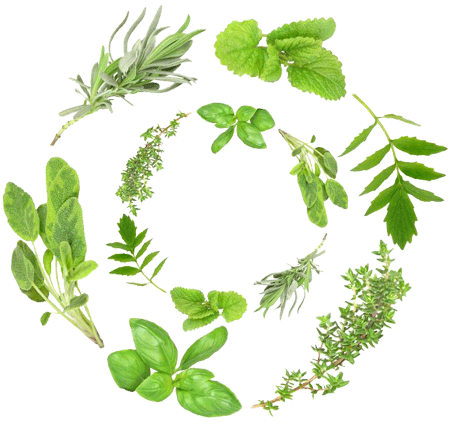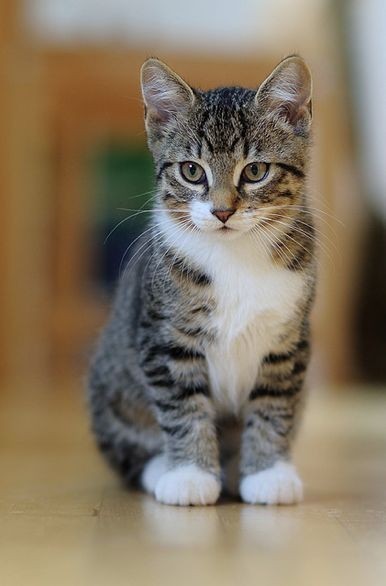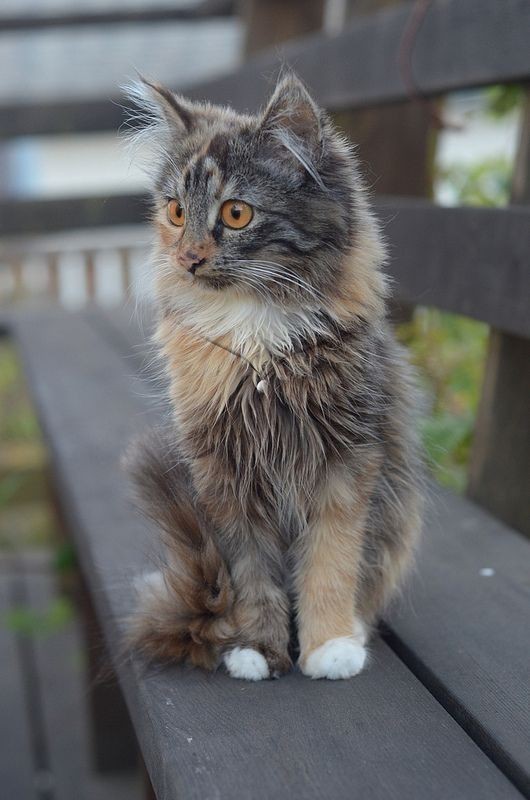Alder Bark
Description: Bark of the alder tree.
Location: Grows mainly in boggy, wet terrain.
Effect: Eases toothaches.
Beech Leaves
Description: The distinguishing feature of the leaf is the serrated edges.
Usage: For carrying other herbs.
Blackberry Leaves
Description: Leaves from the prickly blackberry bush.
Location: Almost anywhere
Usage: These leaves are chewed into a pulp.
Effect: Eases the swelling of bee stings.
Borage Leaves
Description: Easily distinguished by its small blue or pink star-shaped flowers and hairy leaves.
Location: Grows best in forests.
Usage: Eaten
Effect: It produces more and better milk. It also brings down fevers.
Burdock Root
Description: Tall-stemmed thistle with a sharp smell and dark leaves.
Location: Dry areas
Usage: The root is dug up, the soil is washed off, and then it is chewed into a pulp.
Effect: Lessens and heals the pain of infected rat bites.
Burnet
Description: Has oval-shaped leaves with serrated edges. Stems have large clusters of small flower buds on top.
Location: Meadows
Usage: A traveling herb.
Effect: Keeps strength up
Catch weed
Description: A plant with fuzzy green balls on long stems.
Location: It is common in hedges and other low, shrubby vegetation.
Usage: The burrs are put on the pelt where poultices are.
Effect: Stops poultices from being rubbed off without hurting the skin.
Catmint
Description: A leafy and delicious-smelling plant.
Location: Rarely found in the wild; mostly found in Twoleg gardens.
Usage: Eaten.
Effect: Best remedy for the deadly greencough, which kits and elders usually catch in the season of leaf-bare. Can also be used for whitecough.
Celandine
Description: Yellow flower with four petals.
Usage: Juice is trickled into the eye.
Effect: Soothes damaged eyes.
Chamomile
Description: A small, white flower with a large, yellow center.
Location: Can be found in Twoleg gardens.
Usage: Eaten.
Effect: Strengthens the heart and soothes the mind. Also given to traveling cats for strength.
Chervil
Description: A sweet-smelling plant with large, leafy, fern-like leaves and small white flowers.
Location: Near Adder rocks
Usage: Chewed to extract the juice of the leaves or the root.
Effect: For infected wounds and bellyache, respectively, Can be used during kitting.
Chickweed
Description: Tall-stemmed plant with fat, almond-shaped leaves.
Location: Near sunny, dry rocks.
Effect: Treats greencough, though catmint is often preferred.
Cobwebs
Description: Long, thin, shiny strands spun into a web by spiders. Very common.
Location: All around the forest.
Usage: Press over wound.
Effect: To soak up and stop the bleeding. It may also be used to bind broken bones.
Coltsfoot
Description: A flowering plant with yellow or white flowers resembling dandelions. Grows best in newleaf.
Usage: Leaves chewed into a pulp.
Effect: Eases breathing or kitten-cough, as well as cracked or sore pads.
Comfrey Root
Description: It has large leaves, small bell-shaped flowers, which are pink, white, or purple, and fat, black roots. Tangy smell
Location: Damp, grassy places.
Usage: Roots are chewed into a poultice.
Effect: Repairs broken bones or soothes wounds. Also used for wrenched claws. Can be used for itching, used for inflammation on stiff joints.
Daisy Leaf
Description: Thick, dark green, oval shaped leaves.
Location: Almost everywhere.
Usage: Chewed into a paste.
Effect: Eases the pain of aching joints. It is also a travelling herb.
Dandelion
Description: Common yellow-flowered plant with long, hollow stems.
Location: Almost everywhere.
Usage: The white liquid is thought to be applied to bee stings, Leaves can be chewed.
Effect: Thought to soothe and heal bee stings. Its leaves can also be chewed to act like a painkiller.
Dock
Description: Common, large-leafed plant with a tangy smell and taste.
Location: Doesn't grow well in mountains, best in leafy areas.
Usage: Chewed up and applied to scratches. Similar to sorrel.
Effect: Soothes scratches,though can sting when being applied. Soothes sore pads.
Fennel
Description: Thin, spiky leaves.
Location: Found in numerous places, especially on dry soils near the sea-coast and on riverbanks.
Usage: Stalks are broken and juice is squeezed into the receiver's mouth.
Effect: Helps pain in the hips
Feverfew
Description: Small bush with flowers resembling daisies, sharp tangy smell, small soft leaves.
Location: Grows best along the water.
Usage: Eaten.
Effect: Reduces body temperature for cats with fever or chills. Also heals aches and pains, especially good for headaches.
Goldenrod
Description: A tall plant with bright, yellow flowers.
Location: Grows well on moors
Usage: Chewed into a poultice.
Effect: Good for healing wounds.
Heather Nectar
Description: Nectar found in bell-shaped flowers.
Location: Best grown in shady areas.
Usage: Included in herbal mixtures.
Effect: Makes swallowing easier and sweetens mixtures.
Honey
Description: A sweet, golden-coloured liquid made by bees.
Location: In honeycombs or bees nests up in trees.
Usage: Eaten, or given by moss soaked in it.
Effect: Soothes infections, smoke-damaged or sore throats, helps cats swallow other concoctions, helps soothe coughing, gives energy.
Horsetail
Description: A tall, bristly-stemmed plant, referred to with fleshy stalks.
Location: Any marshy area.
Usage: Chewed to a poultice, and applied to wounds.
Effect: Treats infections and stops bleeding.
Ivy Leaf
Description: Leaves from the ivy vine.
Location: Grows in medicine den
Usage: By medicine cats to store herbs.
Effect: None.
Lavender
A small purple flowering plant.
Location: Grown in Twoleg gardens. Can also be found in sunny spots with sandy or gravelly soil.
Usage: Unknown.
Effect: Cures fever and chills. Also a herb used to hide the scent of death
Bindweed
Description: Arrow-head shaped leaves with pale white or pink trumpet shaped flowers.
Location: Grows almost anywhere.
Usage: Fastens sticks to broken legs to keep them in place.
Effect: Unknown
Description: Bark of the alder tree.
Location: Grows mainly in boggy, wet terrain.
Effect: Eases toothaches.
Beech Leaves
Description: The distinguishing feature of the leaf is the serrated edges.
Usage: For carrying other herbs.
Blackberry Leaves
Description: Leaves from the prickly blackberry bush.
Location: Almost anywhere
Usage: These leaves are chewed into a pulp.
Effect: Eases the swelling of bee stings.
Borage Leaves
Description: Easily distinguished by its small blue or pink star-shaped flowers and hairy leaves.
Location: Grows best in forests.
Usage: Eaten
Effect: It produces more and better milk. It also brings down fevers.
Burdock Root
Description: Tall-stemmed thistle with a sharp smell and dark leaves.
Location: Dry areas
Usage: The root is dug up, the soil is washed off, and then it is chewed into a pulp.
Effect: Lessens and heals the pain of infected rat bites.
Burnet
Description: Has oval-shaped leaves with serrated edges. Stems have large clusters of small flower buds on top.
Location: Meadows
Usage: A traveling herb.
Effect: Keeps strength up
Catch weed
Description: A plant with fuzzy green balls on long stems.
Location: It is common in hedges and other low, shrubby vegetation.
Usage: The burrs are put on the pelt where poultices are.
Effect: Stops poultices from being rubbed off without hurting the skin.
Catmint
Description: A leafy and delicious-smelling plant.
Location: Rarely found in the wild; mostly found in Twoleg gardens.
Usage: Eaten.
Effect: Best remedy for the deadly greencough, which kits and elders usually catch in the season of leaf-bare. Can also be used for whitecough.
Celandine
Description: Yellow flower with four petals.
Usage: Juice is trickled into the eye.
Effect: Soothes damaged eyes.
Chamomile
Description: A small, white flower with a large, yellow center.
Location: Can be found in Twoleg gardens.
Usage: Eaten.
Effect: Strengthens the heart and soothes the mind. Also given to traveling cats for strength.
Chervil
Description: A sweet-smelling plant with large, leafy, fern-like leaves and small white flowers.
Location: Near Adder rocks
Usage: Chewed to extract the juice of the leaves or the root.
Effect: For infected wounds and bellyache, respectively, Can be used during kitting.
Chickweed
Description: Tall-stemmed plant with fat, almond-shaped leaves.
Location: Near sunny, dry rocks.
Effect: Treats greencough, though catmint is often preferred.
Cobwebs
Description: Long, thin, shiny strands spun into a web by spiders. Very common.
Location: All around the forest.
Usage: Press over wound.
Effect: To soak up and stop the bleeding. It may also be used to bind broken bones.
Coltsfoot
Description: A flowering plant with yellow or white flowers resembling dandelions. Grows best in newleaf.
Usage: Leaves chewed into a pulp.
Effect: Eases breathing or kitten-cough, as well as cracked or sore pads.
Comfrey Root
Description: It has large leaves, small bell-shaped flowers, which are pink, white, or purple, and fat, black roots. Tangy smell
Location: Damp, grassy places.
Usage: Roots are chewed into a poultice.
Effect: Repairs broken bones or soothes wounds. Also used for wrenched claws. Can be used for itching, used for inflammation on stiff joints.
Daisy Leaf
Description: Thick, dark green, oval shaped leaves.
Location: Almost everywhere.
Usage: Chewed into a paste.
Effect: Eases the pain of aching joints. It is also a travelling herb.
Dandelion
Description: Common yellow-flowered plant with long, hollow stems.
Location: Almost everywhere.
Usage: The white liquid is thought to be applied to bee stings, Leaves can be chewed.
Effect: Thought to soothe and heal bee stings. Its leaves can also be chewed to act like a painkiller.
Dock
Description: Common, large-leafed plant with a tangy smell and taste.
Location: Doesn't grow well in mountains, best in leafy areas.
Usage: Chewed up and applied to scratches. Similar to sorrel.
Effect: Soothes scratches,though can sting when being applied. Soothes sore pads.
Fennel
Description: Thin, spiky leaves.
Location: Found in numerous places, especially on dry soils near the sea-coast and on riverbanks.
Usage: Stalks are broken and juice is squeezed into the receiver's mouth.
Effect: Helps pain in the hips
Feverfew
Description: Small bush with flowers resembling daisies, sharp tangy smell, small soft leaves.
Location: Grows best along the water.
Usage: Eaten.
Effect: Reduces body temperature for cats with fever or chills. Also heals aches and pains, especially good for headaches.
Goldenrod
Description: A tall plant with bright, yellow flowers.
Location: Grows well on moors
Usage: Chewed into a poultice.
Effect: Good for healing wounds.
Heather Nectar
Description: Nectar found in bell-shaped flowers.
Location: Best grown in shady areas.
Usage: Included in herbal mixtures.
Effect: Makes swallowing easier and sweetens mixtures.
Honey
Description: A sweet, golden-coloured liquid made by bees.
Location: In honeycombs or bees nests up in trees.
Usage: Eaten, or given by moss soaked in it.
Effect: Soothes infections, smoke-damaged or sore throats, helps cats swallow other concoctions, helps soothe coughing, gives energy.
Horsetail
Description: A tall, bristly-stemmed plant, referred to with fleshy stalks.
Location: Any marshy area.
Usage: Chewed to a poultice, and applied to wounds.
Effect: Treats infections and stops bleeding.
Ivy Leaf
Description: Leaves from the ivy vine.
Location: Grows in medicine den
Usage: By medicine cats to store herbs.
Effect: None.
Lavender
A small purple flowering plant.
Location: Grown in Twoleg gardens. Can also be found in sunny spots with sandy or gravelly soil.
Usage: Unknown.
Effect: Cures fever and chills. Also a herb used to hide the scent of death
Bindweed
Description: Arrow-head shaped leaves with pale white or pink trumpet shaped flowers.
Location: Grows almost anywhere.
Usage: Fastens sticks to broken legs to keep them in place.
Effect: Unknown
Herb store:
Will Be announced by the Medicine cat
Will Be announced by the Medicine cat

Last updated:
6/27/17
6/27/17
Please Sign Guestbook
Lavenderpetal
Medicine cat of Stoneclan
Medicine cat of Stoneclan

Doveheart
Medicine Cat Apprentice
of Stoneclan
Medicine Cat Apprentice
of Stoneclan
